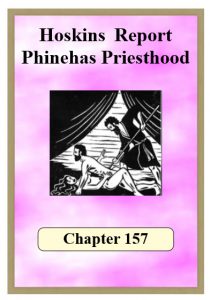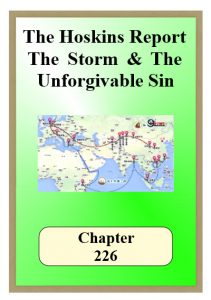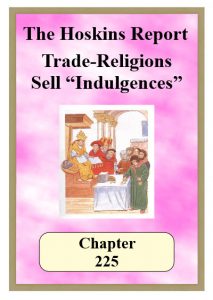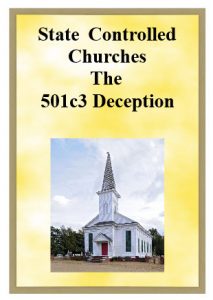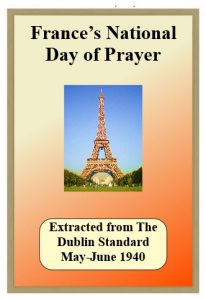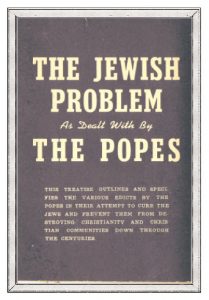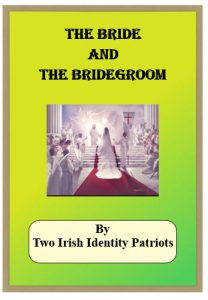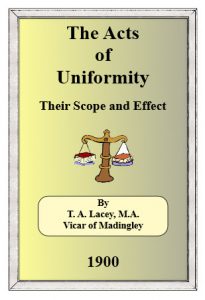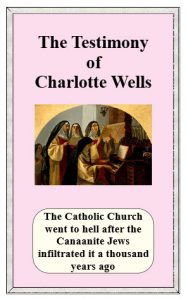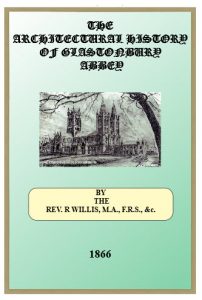
THE ABBEY OF GLASTONBURY is one of those to which a peculiar interest has been always attached. The boldness of its legendary history, which claims for its site the privileges of being that on which the first Christian church was erected in our island, and the burial-place of King Arthur and Joseph of Arimathea : also the peculiar architectural character and beauty of the chapel which now bears the name of St Joseph, its singular plan and position; and lastly, the picturesque remains of the great church itself, little inferior to the chapel in beauty, and of the celebrated kitchen and barn;—these furnish sufficient grounds for the interest which has been maintained up to our own time, and has made this place the theme of so many writers, ancient and modern, that the subject might appear to have been exhausted in all directions.
Yet it must have been perceived by the readers of these writers, that the interpretation of the documentary evidence, with reference to its application to the buildings, is still enveloped in indecision and conjecture.
Yet few monasteries have left to us a better collection of historical documents, including the memoranda of Leland and William of Worcester, both written before the Reformation, or furnish a more instructive example of the manner in which such buildings were carried on and altered. My first acquaintance with these venerable ruins in 1863 convinced me that the cloud of vague conjecture which still hung over their architectural history might be partly dispelled by a personal and repeated study of the structures themselves, combined with a careful analysis of the chronicles and records, selecting from them those passages only which have reference to the arrangement and purposes of the buildings, the time and mode of their construction, the manner of raising funds for that object, and the motives which caused them to be undertaken.
This in fact is the system that I have pursued throughout my researches into the Architectural History of so many Cathedrals and Monasteries, and the following pages contain the result of its application to Glastonbury. Several visits to the ruins, employed in sketching and measuring; alternating with the home examination at leisure, of the documentary evidence; have emboldened me to assert with confidence the identity of the so-called chapel of St Joseph with the Lady chapel of the Abbey church and with the site of the original wicker church or “Old Church,” the “Vetusta Ecclesia” of William of Malmesbury, and thus not only to fix the date of this most valuable piece of transition work to the year 1184, but to identify a spot, which, without crediting the tradition
literally which assigns the date of the “Old Church” to A.D. 63, was certainly occupied by one of the very earliest of the British churches.
I have pointed out that the tradition of the visit of Joseph of Arimathea, hinted at by Malmesbury, and evidently neither really credited by him, nor held forth as one of the prominent attractions of the site up to his time or that of his continuator Adam de Domerham, was brought into excessive importance and made a source of profit and honour to the Monastery in the fourteenth century. Thus, finally, the popular name of St Joseph’s chapel has superseded the original dedication of the Lady chapel.
Lastly, I have shewn that the crypt is entirely a construction of the fifteenth century, inserted in a building which had no previous crypt, and have endeavoured to explain the steps by which this remarkable undertaking was carried out. As far as I know, this fact has escaped all previous writers.
